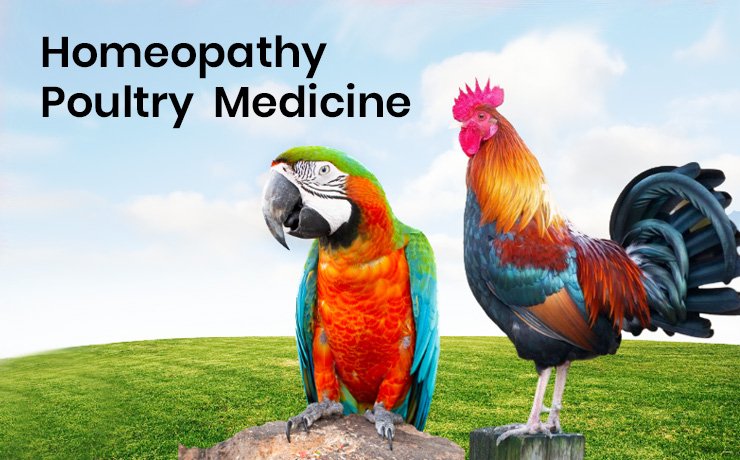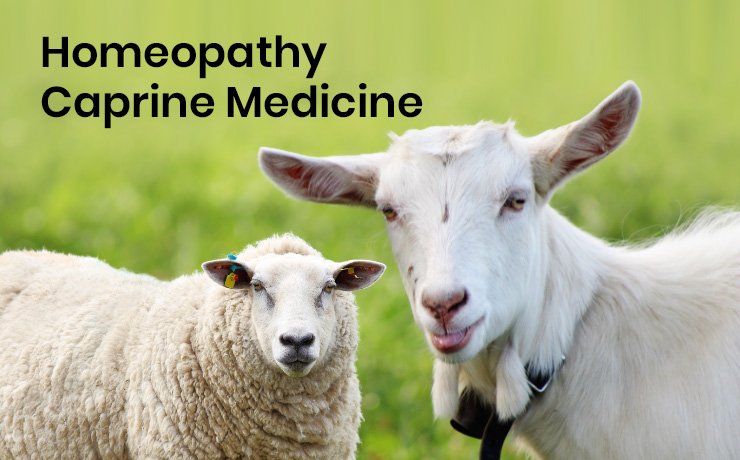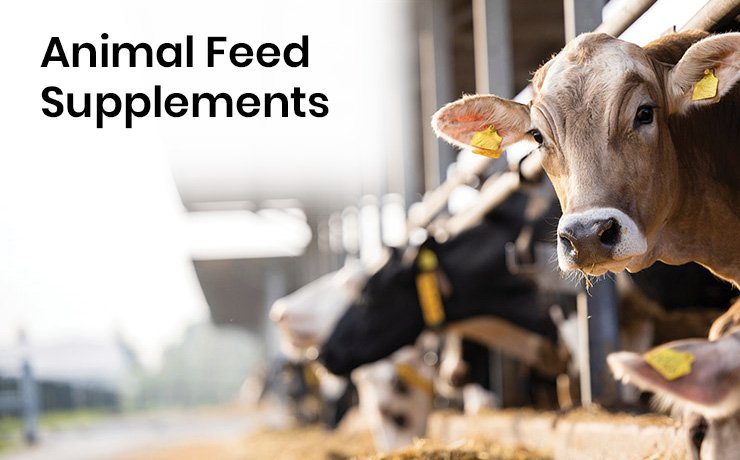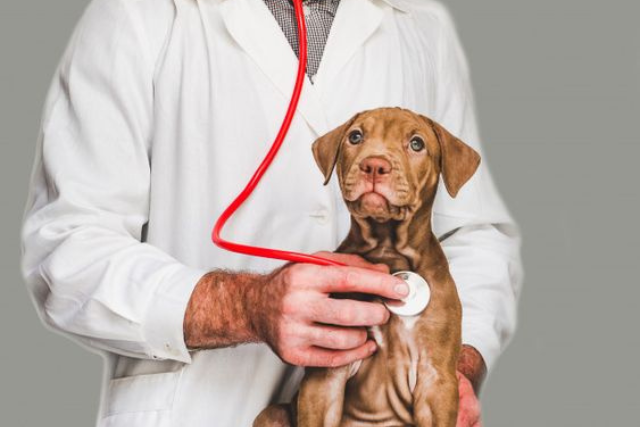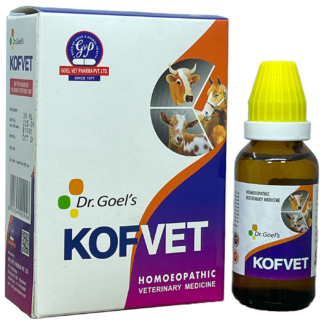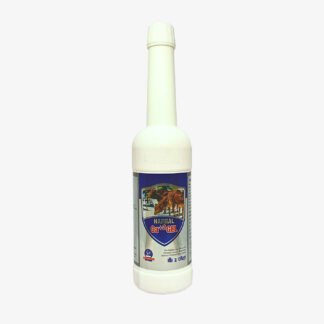Fever in Cattle: Symptoms, Causes, and Treatment | Goelvet Pharma
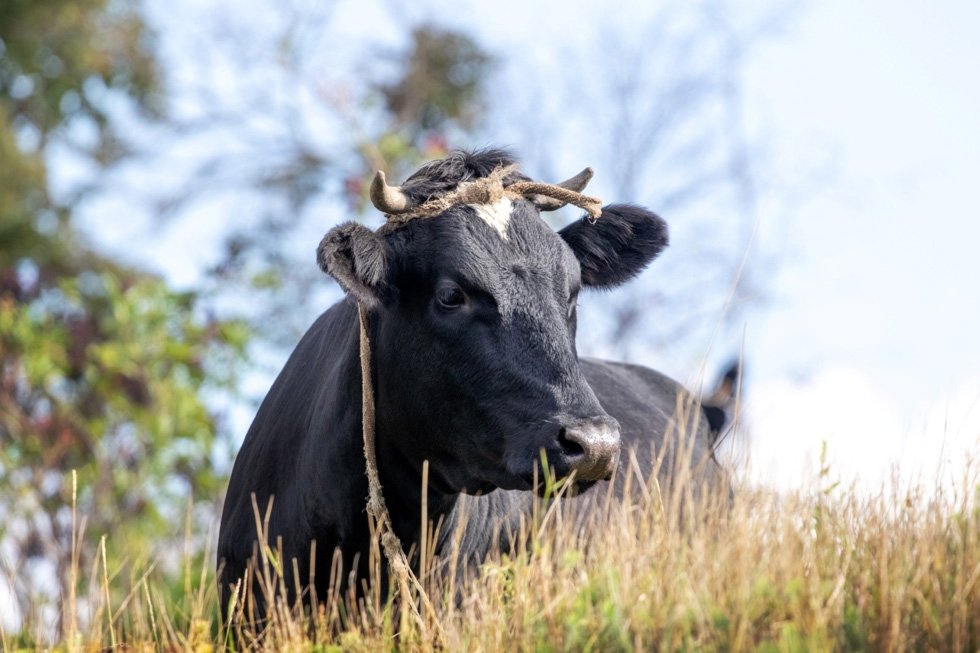
An abnormal rise in body temperature (> 103 °F or > 39 ° C) is termed fever or pyrexia. Abnormalities in the brain or toxic substances in the blood cause it. These toxic substances, known as pyrogens, stimulate the thermoregulatory centre, causing fever.
A temperature-regulating centre located in the hypothalamus at the base of the brain maintains the temperature of the body through a nervous feedback mechanism. There are nerve receptors present on the skin and spinal cord that provide feedback that allows the body to either conserve heat by pilo-erection, produce heat by shivering, or enhance heat loss by sweating or panting. Heat-regulating processes are constantly changing and undergoing modifications to normalise body functions.
Pyrogens are the substances that raise the level of the hypothalamic thermostat. Such substances as proteins, their breakdown products, and lipopolysaccharide toxins secreted by bacteria can act as pyrogens. A few nanograms of pyrogens can cause a fever in cattle.
The body temperature usually takes many hours to reach the new temperature setting when the thermostat is set to a higher value than normal. During this time, there is vasoconstriction to reduce heat loss, so that the skin may appear cold and there may be chills and shivering. All these effects will vanish when the new temperature is set. The body will lower its temperature on the thermostat as soon as substances causing fever are removed. This is accomplished by increased heat loss due to increased blood flow to the skin through vasodilation. This results in sweating.
Various body cells, particularly nerve cells, are destroyed by excessively high temperatures. This is very dangerous because nerve cells have no capacity to regenerate. Nerve cells are irreplaceable. Other body cells are damaged as well. Hyperpyrexia causes localised haemorrhages and cell degeneration throughout the body.
Causes of fever in cattle:
- High temperature and humidity.
- Stress or excessive exercise.
- Physiological conditions like parturition and estrus
- Infectious diseases are those where there is toxaemia, for example, respiratory diseases, severe mastitis, and other soft tissue infections.
- Toxic chemicals can cause fever in cattle when they are exposed to them.
- Immune reactions following vaccination, anaphylaxis, or absorption of breakdown products from necrotic tissues

Symptoms of fever:
- Moderate temperature elevations up to 41 C may be intermittent or biphasic.
- Appetite is reduced.
- There is lethargy and a disinclination to move.
- The respiratory rate is increased.
- rapid, weak pulse.
- Thirst.
- gut abnormality such as constipation or diarrhoea.
Diagnosis of fever:
A diagnosis can be made by observing the following:
- Clinical signs.
- complete history of the case.
- complete blood analysis.
Treatment and Prevention:
- Identification of the primary disease
- Non-steroidal anti-inflammatory drugs (NSAIDs
- Pyrexia causes dehydration, so treatment with fluids and electrolytes becomes important.
- Antibiotics such as oxytetracycline, tylosin, sulfamethazine, trimethoprim, and procaine penicillin can be administered if needed.
- Good management and husbandry are essential for prevention and control.
Fever of unknown origin
persistently high fever for which the underlying cause is not identified from the case history, physical examination, or initial diagnostic testing. Fever may be caused by infections, inflammations, immune-mediated causes, or neoplastic disease. In most cases, the history and physical examination reveal the cause of the fever, or the fever resolves spontaneously or in response to antimicrobial treatment. However, in some patients, the cause of fever is not readily apparent, and the problem can become persistent or recurrent. Such patients are said to have fever of unknown origin (FUO).
Body temperature regulation in animals
Body temperature in animals is maintained by the hypothalamus, a part of the brain that acts to maintain temperature as close as possible to a normal set point. There are internal and external thermoreceptors, which send signals to the hypothalamus to activate physiologic and behavioural activities that influence heat production, heat loss, and heat gain.
Any increase in body temperature above the normal range is known as hyperthermia. Fever is a regulated hyperthermia in which the heat loss and heat gain mechanisms are adjusted to maintain body temperature at a higher hypothalamic set point. In some cases of hyperthermia, body temperature is increased by abnormal and unregulated heat loss, heat gain, or heat production. The hypothalamic set point is not altered. Depending on severity, these conditions result in body temperatures of 41.1 °C (106°F). However, in cases of fever, most patients will have body temperatures in the range of 39.5°–41.1°C (103°–106°F).
Pyrogens are responsible for the alteration in the hypothalamus thermostat. These pyrogens can stimulate inflammatory cells to release cytokines (endogenous pyrogens). Finally, locally synthesised prostaglandin E2 in the hypothalamus is responsible for increasing the thermostat level, resulting in fever.

How to diagnose a fever of unknown origin
- History
- Repeated physical examinations
- Diagnostic imaging and microbial culture of tissue or fluid samples
There should be repetitions of relevant tests because findings can change over time. One should inform owners about the time and patience required for carrying out such procedures to detect the cause of fever. Advanced diagnostic tests can also be required.
A staged approach can assist with diagnosis.
Stage 1: This includes simple steps and tests that often are repeated or revaluated during the investigation of a FUO case. Most of the tests are readily available, relatively inexpensive, simple to perform, and easy to interpret.
- Throughout history, including diet, preventives, medications, and supplements, medications that could induce fever should be discontinued. History regarding vaccination, parasite control, exposure to vectors, and travel history should be taken into account. To determine the source of the fever, questions regarding specific clinical signs should be asked.
- Physical examination: a detailed physical examination including a rectal and ophthalmic examination should be carried out and repeated frequently.
- Neurological examination
- CBC accompanied by blood smear evaluation to determine any parasite or other morphological abnormality
- Serum biochemical analysis
Stage 2: In this stage, the physical examination is repeated, and additional tests are also performed, including the following:
- Blood culture for bacterial check: Bacteriologic culture of blood is advised in all animals with unexplained fever. Adequately large volumes of blood should be collected under sterile conditions for performing this technique. To increase the sensitivity and specificity of the test, more than one sample for culture should be collected separately in aerobic or anaerobic bottles.
- Arthrocentesis: an important diagnostic test as infectious polyarthritis commonly occurs in large animals
- Abdominal ultrasonography to know the causes of fever, such as pancreatitis, peritonitis, abscesses, or neoplasia.
- Lymph node aspiration
- Fine needle aspiration of organs, tissues, masses, and effusions is safe and simple. Microbiological and cytological examinations are performed on aspirated fluids.
- Analysis of body fluids
- Bacteriologic culture of faeces
- Long-bone, spinal, and joint radiography
- Serologic evaluation and molecular diagnostic tests: molecular diagnostic tests such as PCR are carried out to detect nucleic acid, and they should be carried out in laboratories that have quality management programmes and control contamination of the sample.
Stage 3: In the third stage, earlier tests may be repeated, and additional specialised tests are introduced that are most likely chosen on the basis of previous findings. However, they may also be considered when all previous testing has been unrewarding, particularly if there are clinical signs that point towards a specific body system. Examples of testing at this stage include the following:
- Echocardiography is used to detect endocarditis and is generally recommended in patients who have a heart murmur in the early stages.
- Radiography: Thoracic or abdominal radiography are done for screening early localization of fever. Depending on initial findings, skeletal radiography or contrast radiography can be carried out.
- A bone marrow evaluation can be performed on a patient with CBC abnormalities. Bone marrow disease is a cause of FUO in small animals.
- Bronchoalveolar lavage
- CSF analysis
- CT is carried out based on the results of initial diagnostic testing.
- MRI is useful to evaluate the CNS.
- Laparoscopy
- Thoracoscopy
- Biopsies: when biopsies are done, sufficient samples should be submitted for histopathological examination, culture, and molecular diagnostic testing.
- Exploratory surgery: in such cases, biopsies should be obtained from several sites
Some of the important diseases causing fever in cattle include:
- Bovine ephemeral fever
- Bovine babesiosis
- Shipping fever
Bovine ephemeral fever, also known as three days sickness, is an acute febrile condition of cattle caused by an arthropod-borne rhabdovirus, the bovine ephemeral fever virus. Infection may be sudden and result in mild to severe clinical signs, including a bi- or poly-phasic fever, ocular and nasal discharge, muscle stiffness, salivation, lameness, recumbency, and anorexia. In lactating cows, milk production falls rapidly. There may be prolonged paralysis and ataxia following an acute infection, although the disease is characterised by rapid recovery within 3 days. Morbidity rates are higher by approximately 100 percent, and mortality rates are less than 1%.
Prevention of the disease becomes very important as illness and viraemia are both for a short duration of time and carriers are not known, so quarantine becomes important. One should place imported animals in an insect-proof area treated with insecticides. The disease does not spread through contact or secretions. Vaccination is the ultimate method of preventing disease in endemic areas. Although in areas where outbreaks are common, vaccination is not necessarily done as herd immunity develops in animals residing in such areas.

Bovine babesiosis is a tick-borne disease of cattle. It is mainly caused by Ixodes ticks. There is significant mortality and morbidity in cattle from this disease. Babesia bovis, B. bigemina, and B. divergens are three different variants that cause this disease. Babesiosis is characterised by fever. Varying degrees of hemolysis and anaemia can also occur.
There may be a sudden onset of anaemia. The resulting clinical signs can include pale mucous membranes. There is an increase in respiratory and heart rates, as well as a decrease in appetite, weakness, milk production, abortions, or decreased fertility in bulls.
When the clinical signs are less acute, jaundice is sometimes apparent. In animals infected with B. bigemina, hemoglobinuria and hemoglobinemia are common. Accumulation of red blood cells (RBCs) in capillaries of the brain occurs in B. bovis, resulting in neurological signs and may cause or contribute to other serious syndromes such as respiratory distress. B. bigemina and B. divergens do not cause neurological signs as there are no changes in RBCs.
However, neurological signs may occur if anaemia results in brain anoxia. Babesiosis caused by B. divergens causes “pipestem” diarrhoea in the early stages. In the late stages of babesiosis, dehydration, constipation, and terminal recumbency may be present. The anaemic crisis generally passes within a week in animals that survive.
The patients may be weak, although they usually recover fully. No clinical signs are observed in infected cattle younger than 9 months of age. In animals infected with B. divergens, they can also report mild illness, with mild fever and anorexia. Signs of babesiosis, including neurological signs, were reported in a few congenitally infected calves. Some calves seem to be infected in utero but asymptomatic at birth.
Shipping fever is also known as bovine respiratory disease complex (BRDC), and it occurs after 4 weeks of weaning calves. Exposure to the infectious agents may result in severe damage to the respiratory tract of calves, leading to secondary bacterial infections. Crowding, inadequate ventilation, and transportation can also cause it. Signs of the bovine respiratory disease complex involve loss of appetite, weight loss, fever between 104 and 108 degrees Fahrenheit, depression, laboured breathing, coughing, and nasal discharge. Chronic pneumonia may occur in some cases.
Treatment can be done with antibiotics specifically designed to treat cattle with pneumonia. Antibiotics most effective against bacteria in lung tissues can be chosen. All of these antibiotics are effective against the organisms that cause BRD. Administration of an anti-inflammatory drug helps reduce fever and lung damage. Fluid therapy can be given to stimulate appetite and correct dehydration. Vitamin B and probiotics are used to stimulate appetite. The diagnosis of BRD is usually made by looking at clinical signs and the patient’s response to treatment.
PYROSULE-XP for CATTLE – 100ML

Homeopathic Veterinary Medicine
INDICATION:
- Immunity against infections.
- Relieves muscular and nervous pain that occurs during fever.
- Decreases the severity of fever in emergency conditions.
It works on the homeopathic principle, i.e., “Similia Simillibus Curanter,” which means “like cures like.”
Homeopathic Drug Picture Of The Medicinal Formulation
INDICATION:
- Immunity against infections.
- Relieves muscular and nervous pain that occurs during fever.
- Decreases the severity of fever in emergency conditions.
It works on the homeopathic principle, i.e., “Similia Simillibus Curanter,” which means “like cures like.”
Bryonia Alba: (Homeopathic Medicine)
Helpful in relieving adominal pain, acute back spasms, sciatica, colic, cough, fevers with chills, gas accumulation, heartburn, indigestion, headache, flu with body aches and pain, sprains, stress on ligaments, etc.
Aconitum Nepellus: (Homeopathic Medicine)
Aconite is an excellent remedy for sudden illness, aches, colds, coughs, sore throat, flu, chills, and fever.
Rush Tox: (Homeopathic Medicine)
It is used to treat eczema, chills, cold sores, shingles, rashes, and other conditions in which there is dry, scaly, or blistered skin. Some oestrous related problems and abdominal pain can be treated with this remedy.
Baptisia Tinctoria: (Homeopathic Medicine)
The symptoms of low fever, septicemia, malaria symptoms, and extreme prostration can be relieved with this drug.
Belladonna: (Homeopathic Medicine)
Complaints associated with hot, red skin, flushed, congested face, swollen glands, inflammation of the udder, reddened udder, and extremely sensitive to touch can be treated with this.
Note: All the above mentioned symptomatic description of the homeopathic drugs is taken from approved literature of homeopathy with an underlying base from Homeopathic Pharmacopeia of India.
Dosage:
5 ml. three times a day or as directed by the Doctor depending on the severity of the condition.
PRESENTATION:
100 ml. Bottle
Read More:
 Australian Shepherd
Australian Shepherd Beagle
Beagle Belgium Shepherd
Belgium Shepherd Bernese Mountain Dog
Bernese Mountain Dog Border Collie
Border Collie Boxer
Boxer Bulldog
Bulldog Cavalier King Charles Spaniel
Cavalier King Charles Spaniel Chihuahua
Chihuahua Cocker Spaniel
Cocker Spaniel Dachshund
Dachshund Doberman Pinscher
Doberman Pinscher Dogo Argentino
Dogo Argentino French Bulldog
French Bulldog German Shepherd
German Shepherd Golden Retriever
Golden Retriever Great Dane
Great Dane Himalayan Shepherd
Himalayan Shepherd Indie Dogs
Indie Dogs Labrador Retriever
Labrador Retriever Pakistani Bully
Pakistani Bully Pembroke Welsh Corgi
Pembroke Welsh Corgi Pitbull
Pitbull Pomeranian
Pomeranian Poodle
Poodle Pug
Pug Rottweiler
Rottweiler Shih Tzu
Shih Tzu Siberian Husky
Siberian Husky Yorkshire Terrier
Yorkshire Terrier Abyssinian
Abyssinian American Bobtail
American Bobtail American Shorthair
American Shorthair Balinese Cat
Balinese Cat Bengal Cat
Bengal Cat Birman
Birman Bombay Cat
Bombay Cat British Longhair
British Longhair British Shorthair
British Shorthair Burmese Cat
Burmese Cat Devon Rex
Devon Rex Exotic Shorthair
Exotic Shorthair Himalayan Cat
Himalayan Cat Maine Coon
Maine Coon Oriental Shorthair
Oriental Shorthair Persian Cats
Persian Cats Ragdoll
Ragdoll Scottish Fold
Scottish Fold Siamese Cat
Siamese Cat Siberian Cat
Siberian Cat Sphynx Cat
Sphynx Cat





















